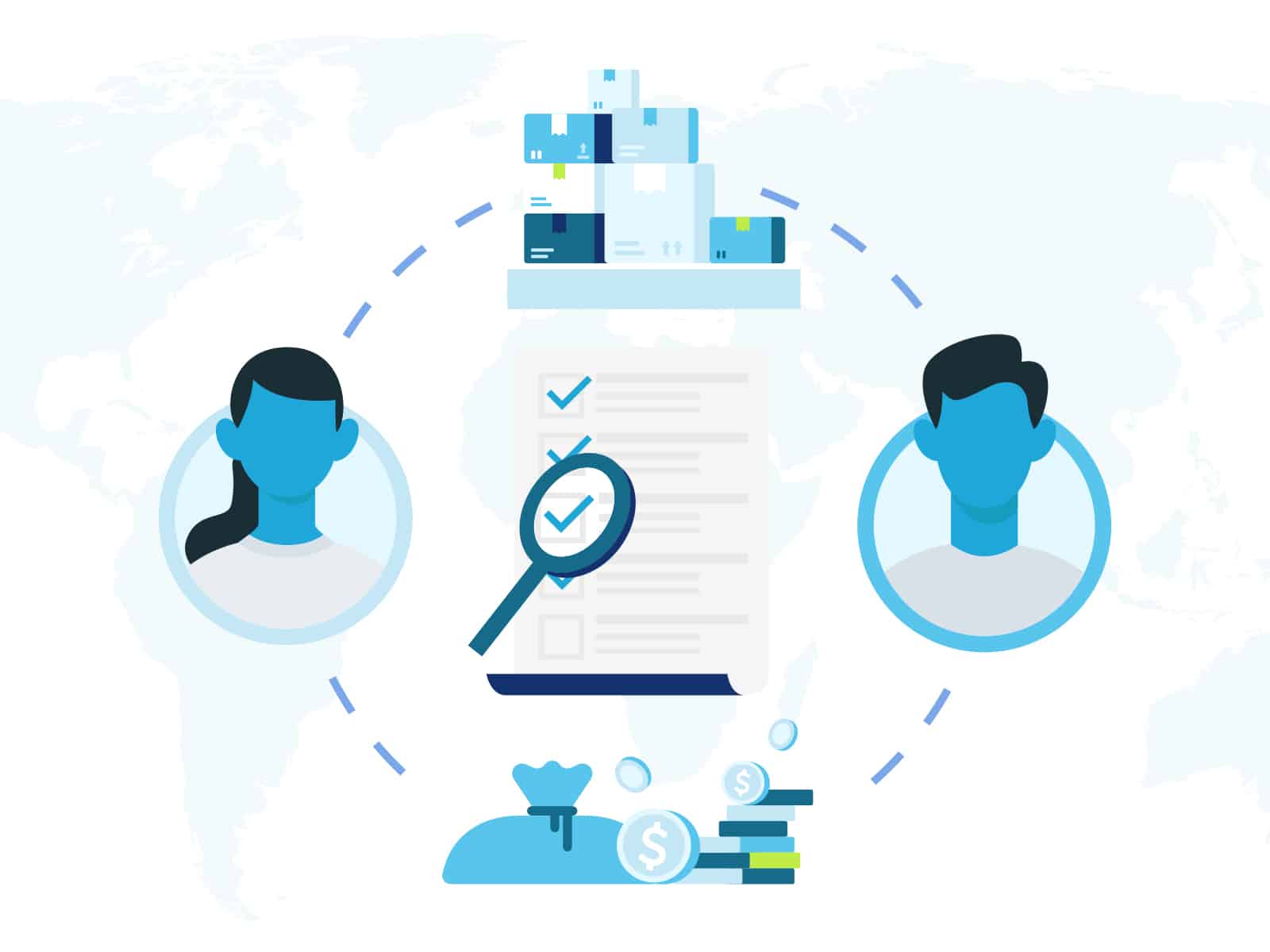- Home
Blog Blog
Export & Import Export & Import
How to Lower Trade Costs Via Transparency
How to Lower Trade Costs Via Transparency

Engaging in the business of trade, whether local or international, can pay rich dividends but only if one has all got the basic fundamentals right. This includes good knowledge about the line of business, awareness of the new rules and updates in that arena, and availing of the best escrow services for smooth, hassle-free payments across international borders. Indeed, escrow payments just go on to highlight how transparency in business operations can go a long way in reducing trade costs in the long term and help in the growth of an enterprise.
Here’s a detailed look at the different ways to lower trade costs via transparency.
1. Transparency about the trade partner
It is important to know in advance the legitimacy, credibility, and capability of a trade partner in honouring their commitments before engaging in a transaction. This can reduce costs associated with post-transaction fraud or the inability to fulfil orders. Therefore, do not ignore the importance of following the established vendor vetting procedures.
For instance, if you have engaged in business with a partner who does not even have the right licenses, then you would be obligated to incur additional costs in time and money for custom clearances later on. Moreover, if the business partner is involved in litigation, then you may have to suffer the consequences of allying with them. This means reputational damage and additional costs to fix that damage. Worse still, if you are unaware of the partner’s history, you may fall prey to fraud and incur huge losses, especially if you have made unprotected payments.
If you are a buyer or importer, you must conduct supplier due diligence to ensure that they follow all the relevant custom rules and regulations. If they fail to do this, their shipments can get stuck and it can be quite expensive for you to release the goods, in terms of time as well as money, especially if the supplier has made back-to-back order commitments to you.
2. Transparency about customs regulations and tariffs
Pleading ignorance about tariffs can also bring on more costs if it has not been factored in at the time of trade negotiations. If you do not know about the applicable Free Trade Agreements (FTAs), you may not avail the right benefits. A large number of SMEs fail to make full use of FTA benefits in cross-border trade. This could affect the growth and sales of both the seller and buyer. Therefore, knowledge is power.
3. Transparency about payments cost
Conventional institutions and banks have a host of hidden costs that spring an unpleasant surprise to new enterprises which are trying hard to save costs in running their operations. These hidden costs include the cost of staffing which is required for manual tasks like keying in payments, making payment queries, updating details etc. Then, there is the unavoidable cost of errors which can happen all the time due to incorrect input or non-compliance of the recipient bank in completing the transaction.
On the other hand, new-age payment methods like Omoney are very transparent, providing a clear picture of how much you will pay or receive in your trade operations and by what time. Manual tasks are automated and payment details are auto-verified which means leaving no room for errors. This clarity helps in making an accurate estimate of the costs involved and proceed with business negotiations and decisions accordingly. As we are talking about cross-border payments here, one cannot deny that minimising errors and avoiding cancelled transactions can save the costs of multiple international payments in foreign currencies.
4. Transparency about logistics and freight forwarders
Traditional middlemen or agent-based systems typically cost more as there is a lot of opaqueness in the pricing. However, new digital aggregators show real-time price comparisons to all stakeholders involved. Private sector enterprises, and more specifically SMEs, can make an informed choice and pick the right option for their trade transport needs and save costs.
It is clear by now how it is possible to lower trade costs considerably if there is improved transparency in transactions. Lack of transparency can damage trade relationships irreparably and cause huge avoidable losses. Improving transparency to lower trade costs and better predictability is a key objective of international agreements like the World Trade Organization’s Trade Facilitation Agreement (TFA).
Category

Export & Import
How to Lower Trade Costs Via Transparency
Related Articles

Why Do B2B Businesses Need Escrow Services

Problems Escrow Is Intended to Solve






